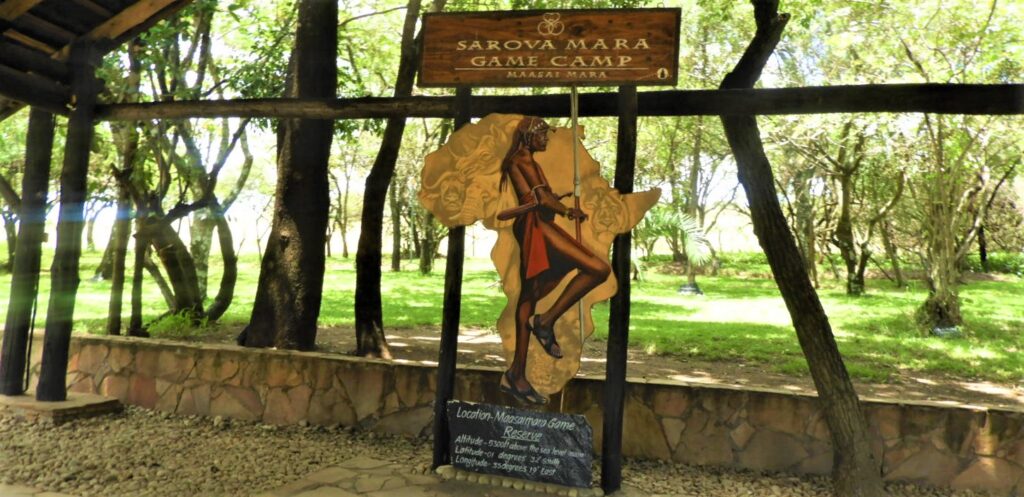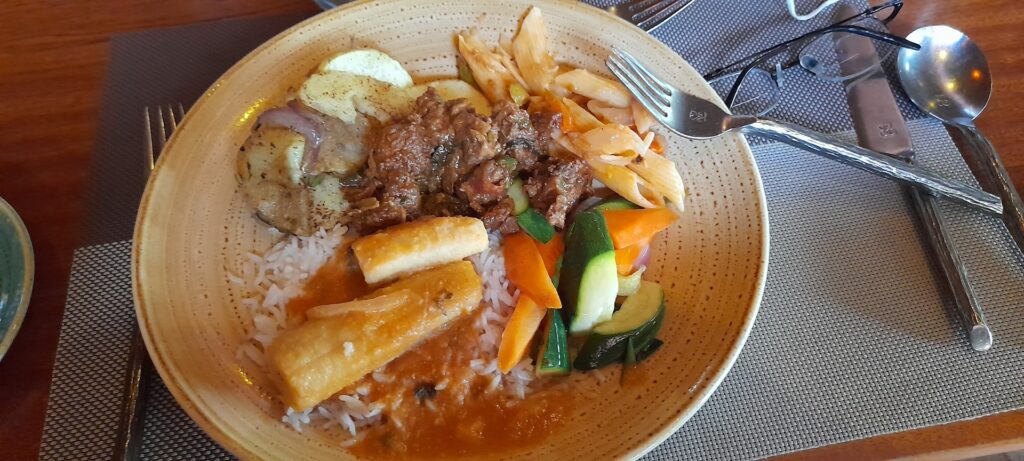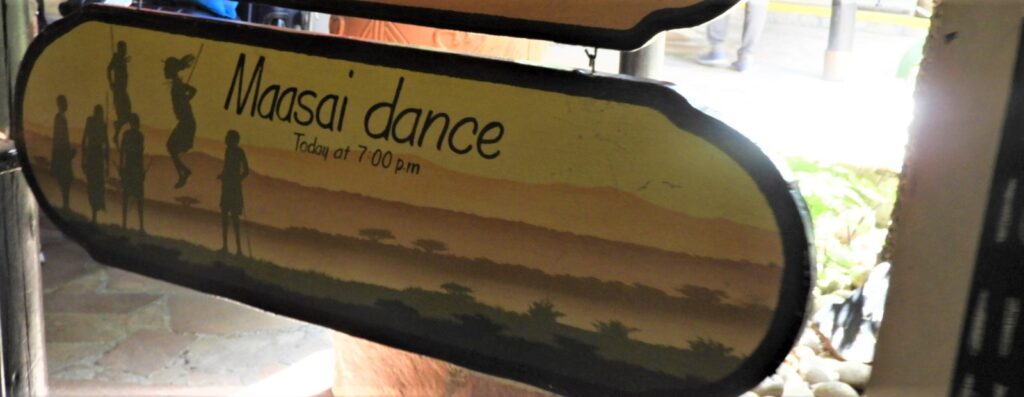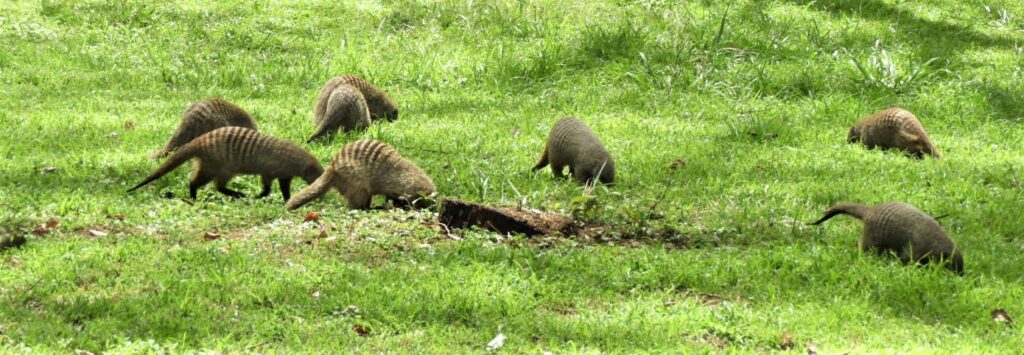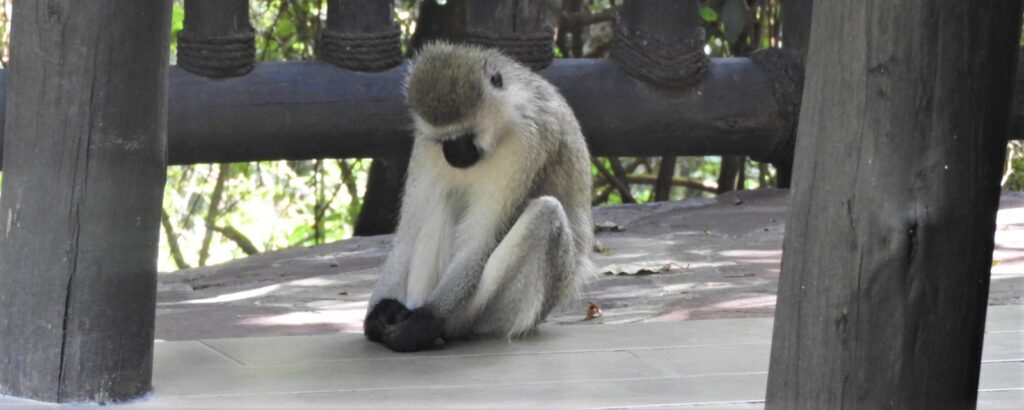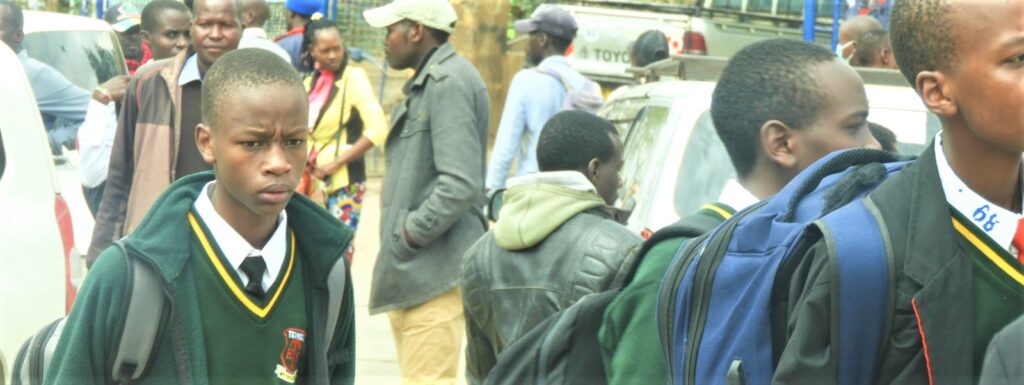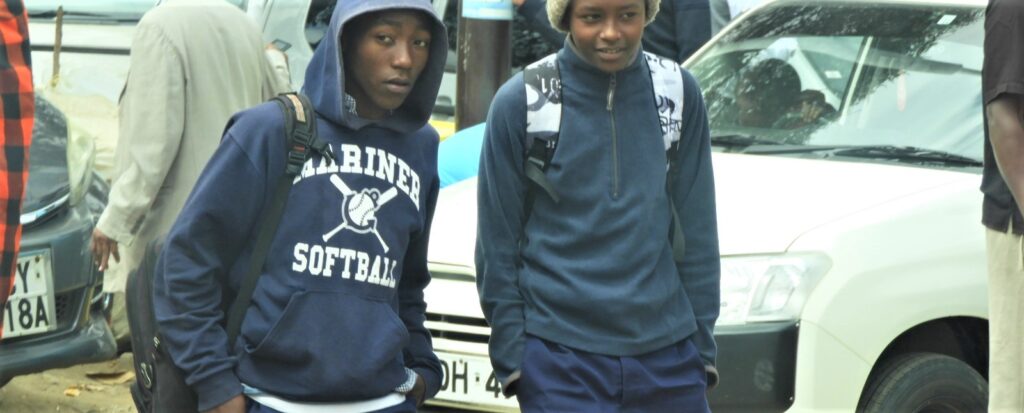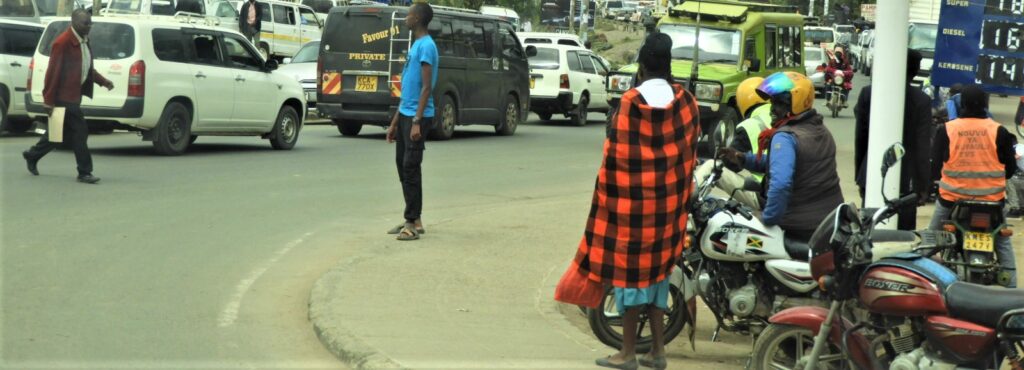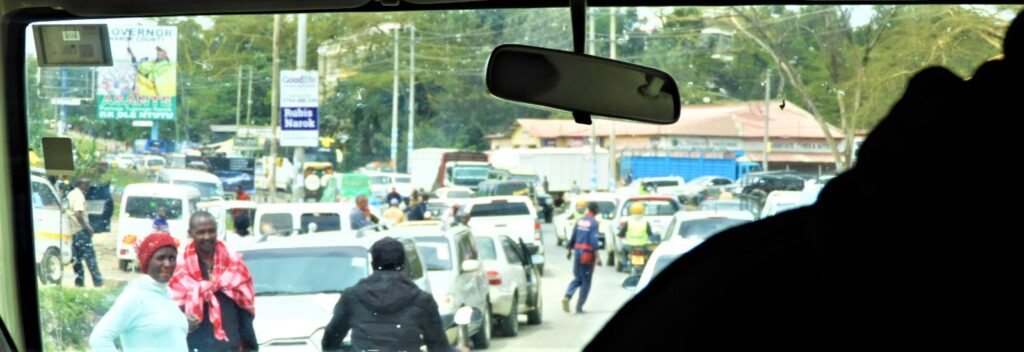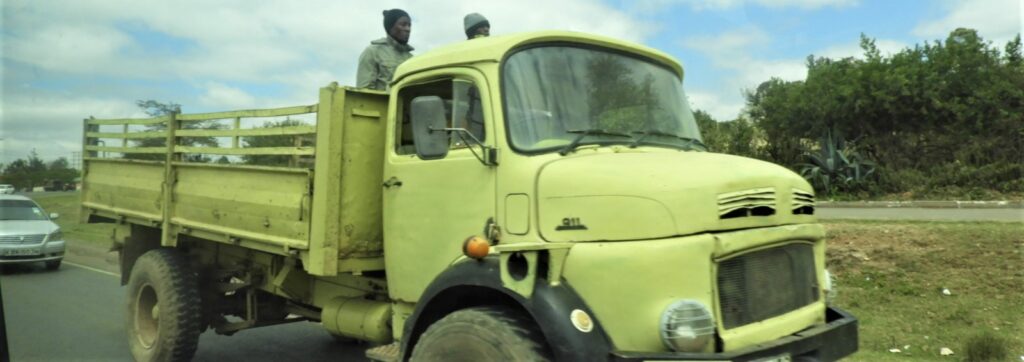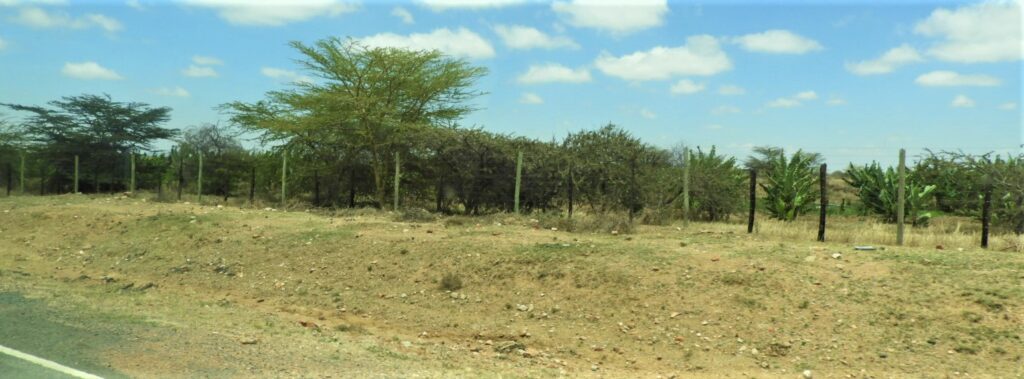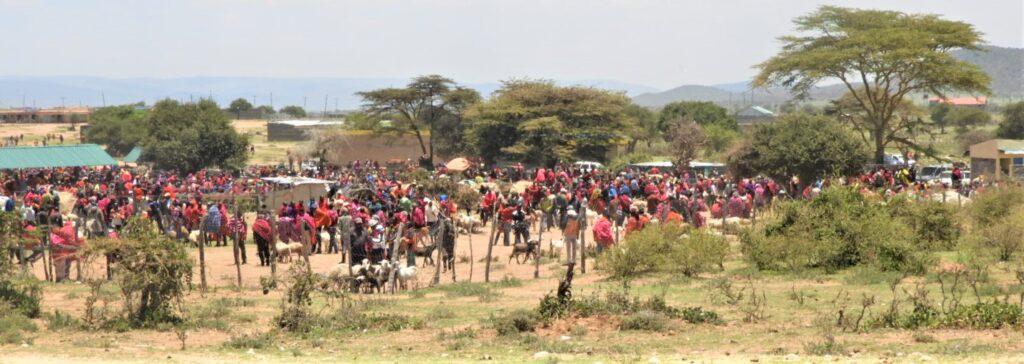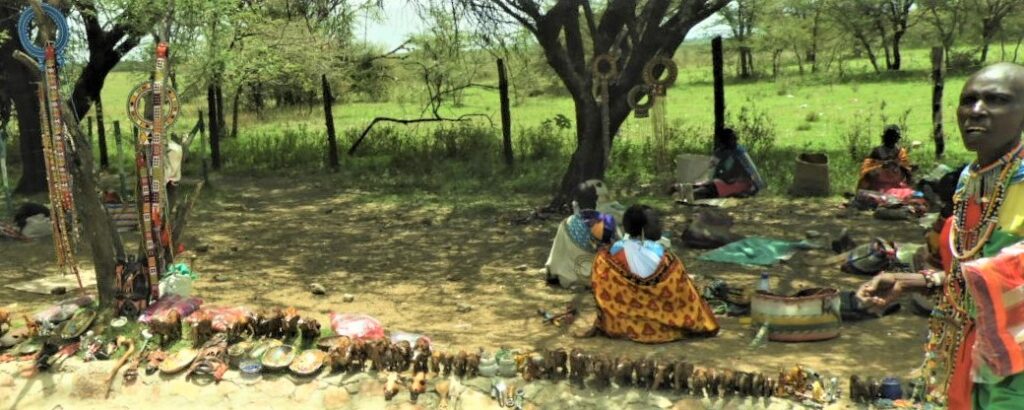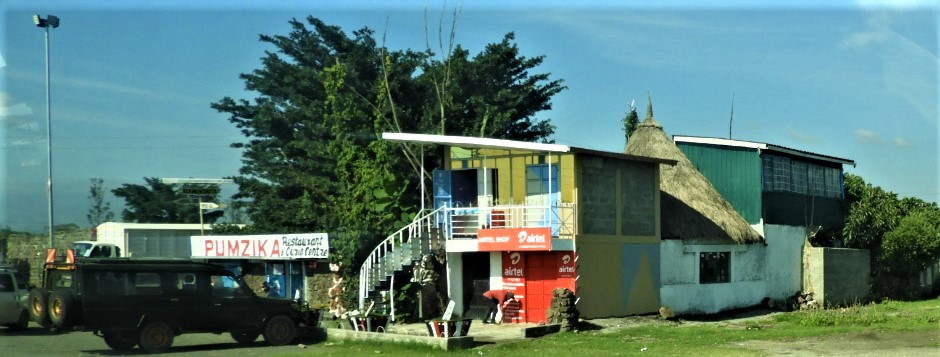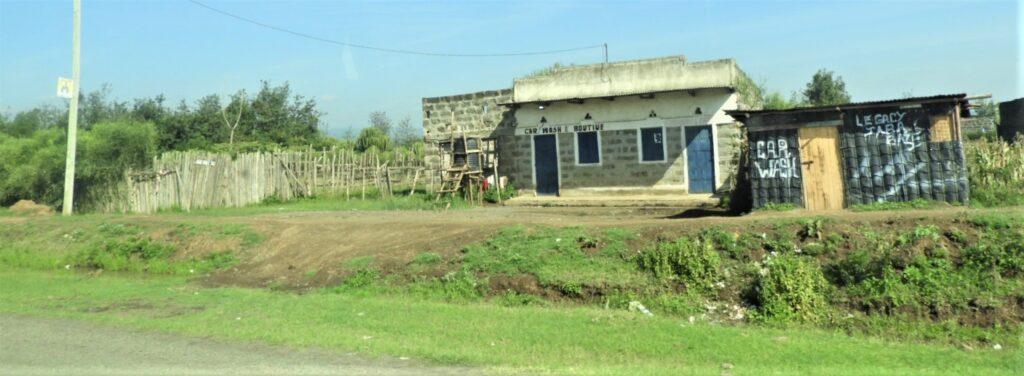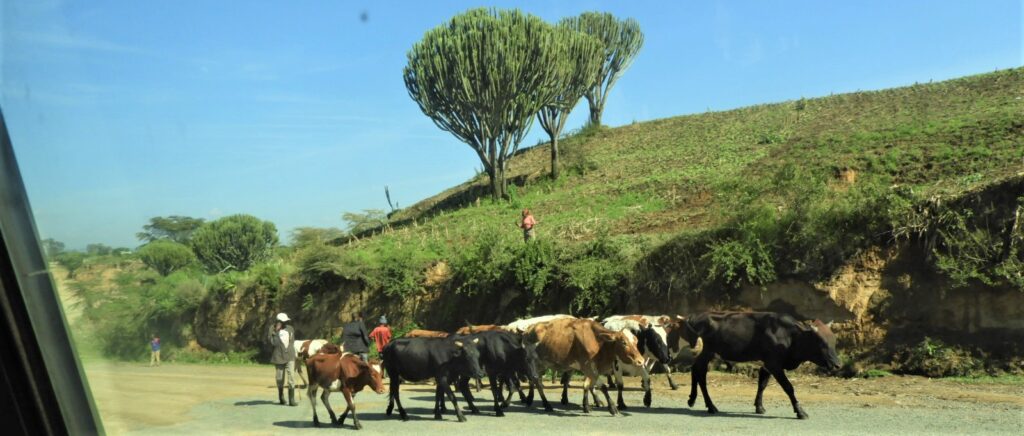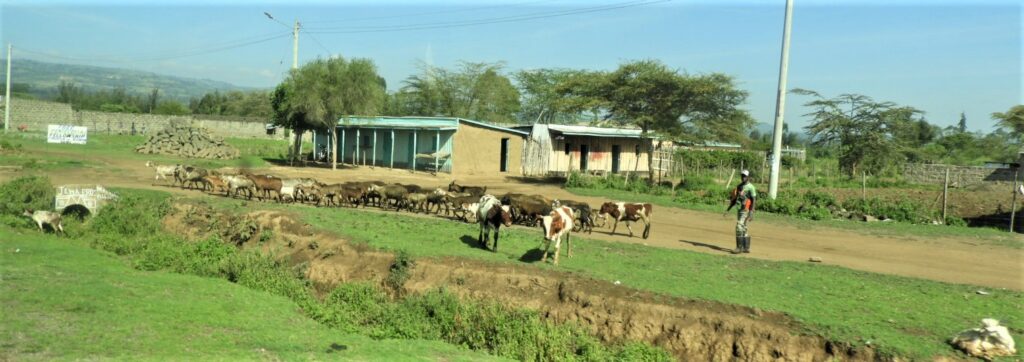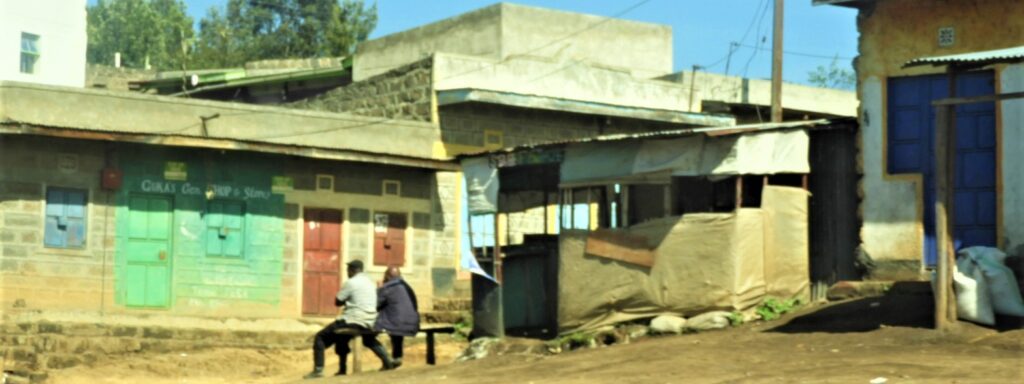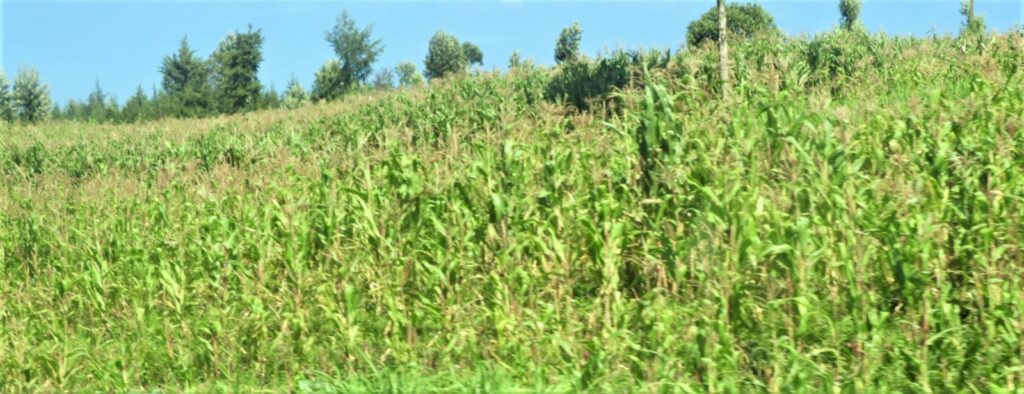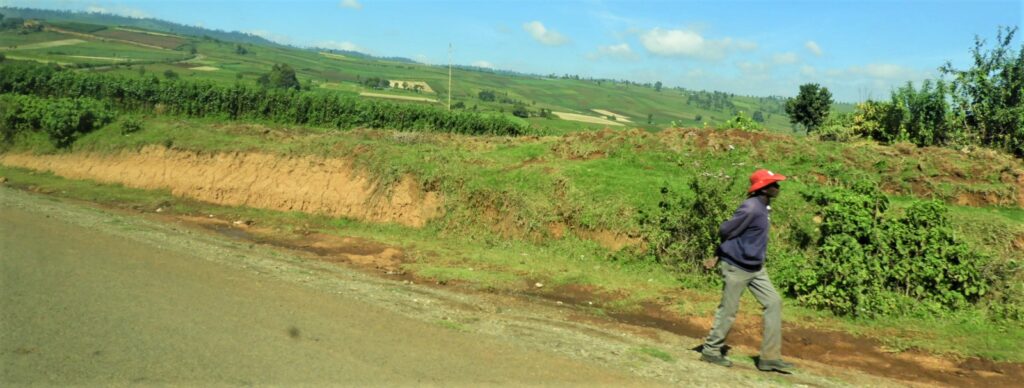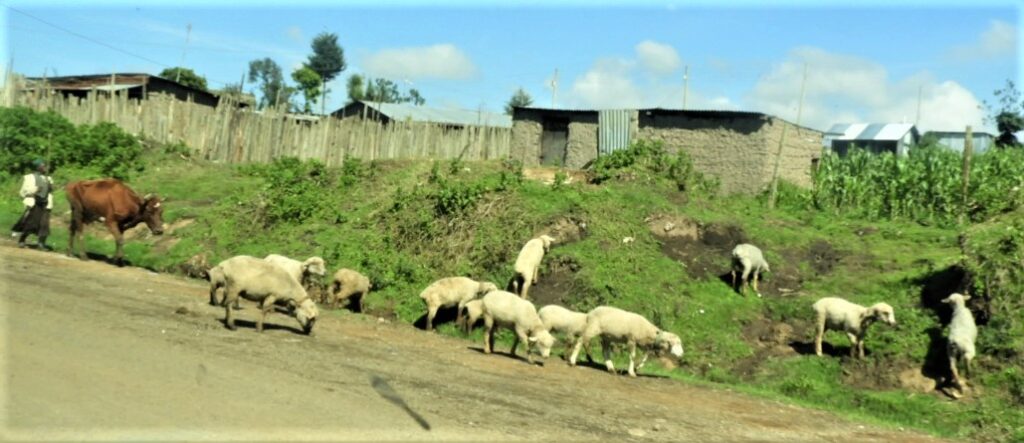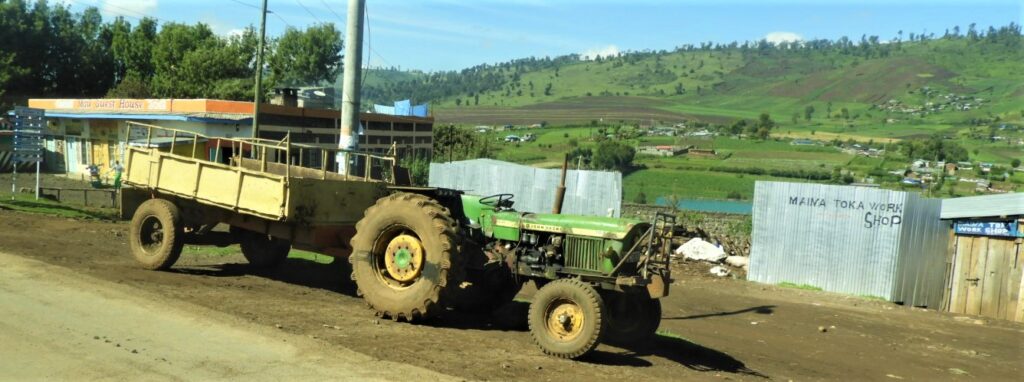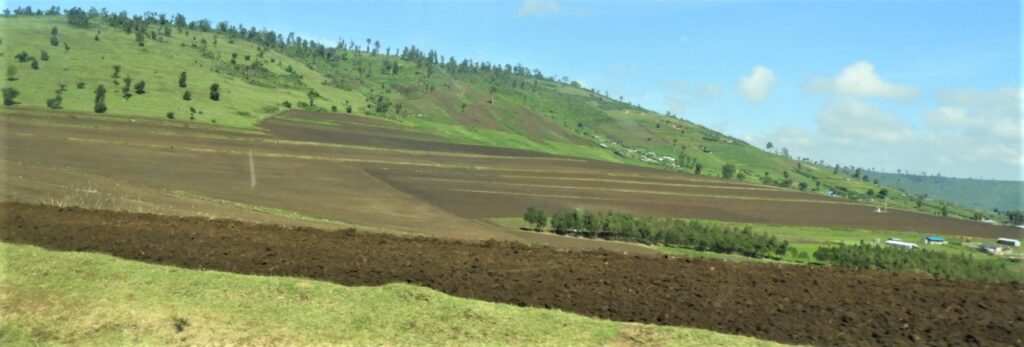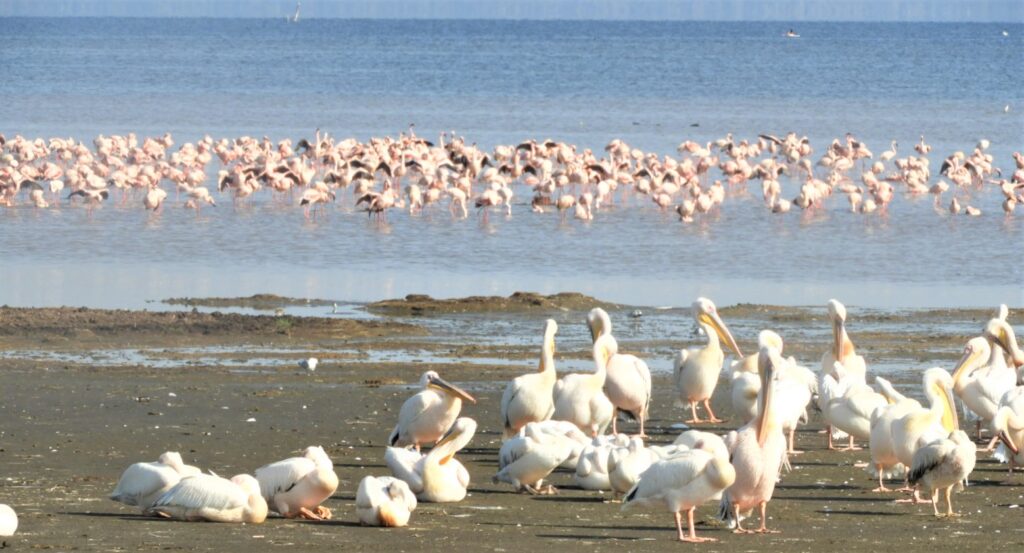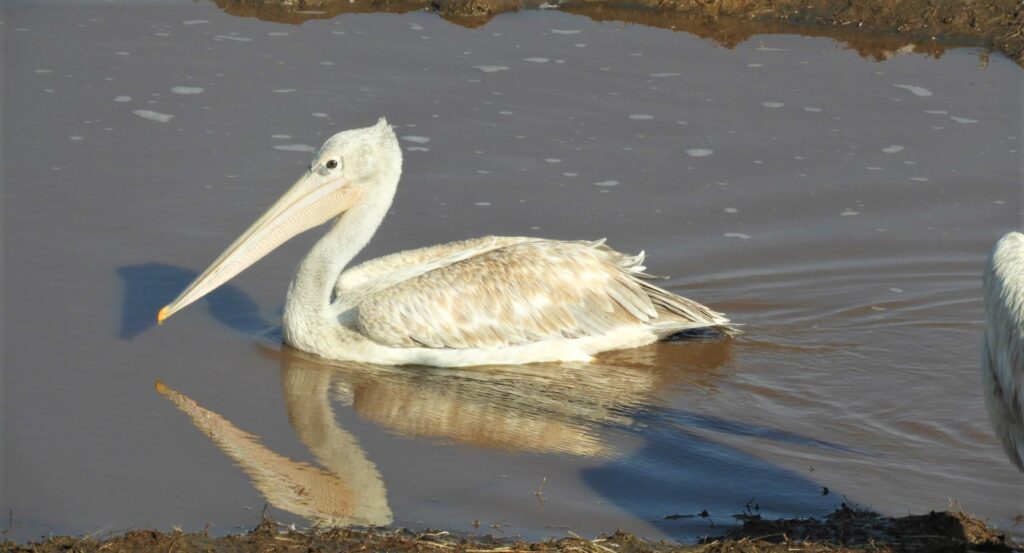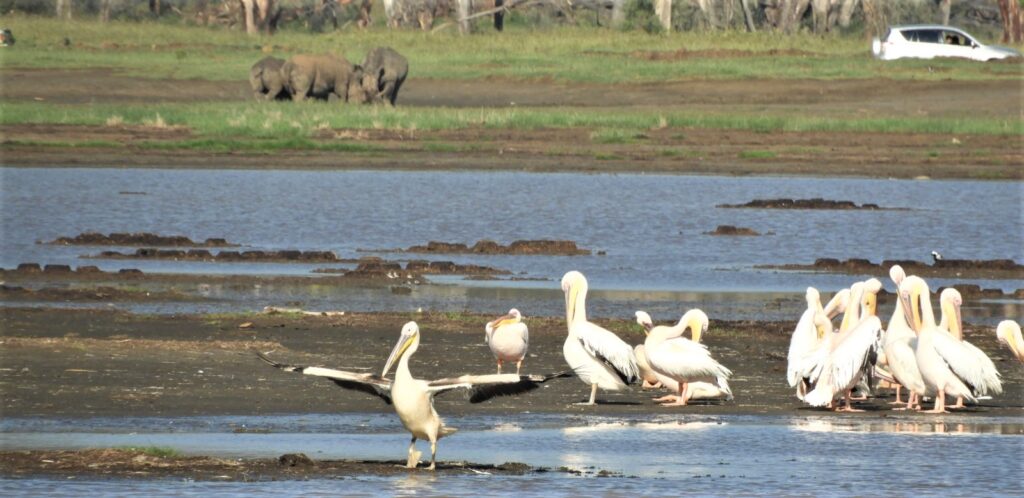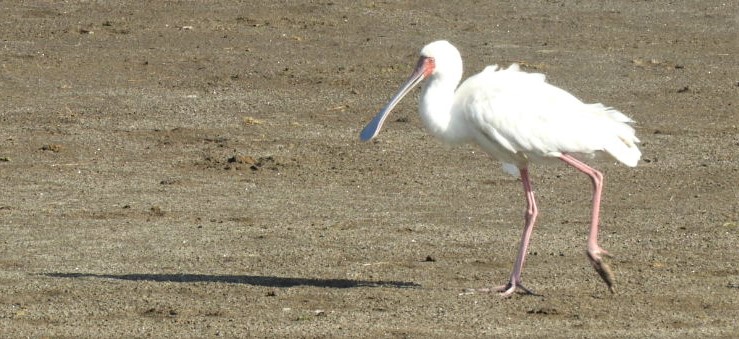Archive for September 15th, 2022
» posted on Thursday, September 15th, 2022 by Linda Lou Burton
They Came To Dance
Linda Lou Burton posting from Sarova Mara Game Camp, Maasai Mara National Reserve, Kenya–I said I wouldn’t miss it. They came to dance, and I was there to watch. It wasn’t 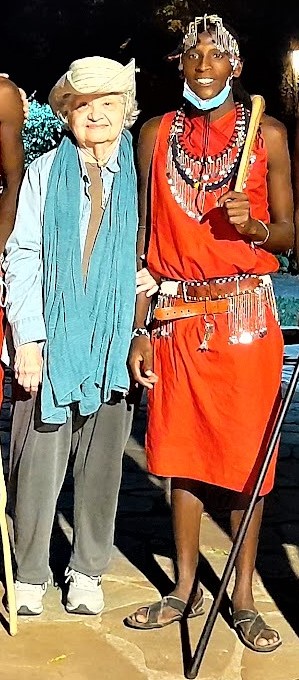 authentic, as far as the setting, and the glittery stuff that sparkled in the artificial light. A stone and concrete patio around a pool of aquamarine water doesn’t speak of tradition. But we got the SOUND of it, the idea of what it was meant to tell us. Our gang was there, part of the tourist crowd. The show was staged for tourists, a group hired by Sarova, or maybe the park itself, to make the rounds of the fancy-schmancy lodges and camps that pepper the Maasai Mara Reserve. That’s a good thing – tourist dollars helping the locals. As for the tourists, it opened the door for us to learn some Maasai history; appreciate their heritage. And that’s a good thing too.
authentic, as far as the setting, and the glittery stuff that sparkled in the artificial light. A stone and concrete patio around a pool of aquamarine water doesn’t speak of tradition. But we got the SOUND of it, the idea of what it was meant to tell us. Our gang was there, part of the tourist crowd. The show was staged for tourists, a group hired by Sarova, or maybe the park itself, to make the rounds of the fancy-schmancy lodges and camps that pepper the Maasai Mara Reserve. That’s a good thing – tourist dollars helping the locals. As for the tourists, it opened the door for us to learn some Maasai history; appreciate their heritage. And that’s a good thing too.
Did you know there are more than a million Maasai? Most live in Kenya, some in Tanzania. Their spoken language is MAA; the name “Maasai” means “people who speak MAA.” Their cows are their most prized possessions – their security, and wealth. Semi-nomadic, they move their homes and herd their cattle in a seasonal rotation. And they hunt lions – never for fun, only if needed to protect their homes and cattle. The Maasai are known for their physical beauty – both their strong, slender, graceful physiques and their unique clothing and body ornamentation. Maasai dress is distinctive, and often copied by fashion designers.
 The SHUKA. Made of animal skins in the beginning; today these wrap-around blankets are woven cotton, purchased, not handmade. The distinctive coloring and fabric design tells of family connection – like the Scottish plaids of the clans. Red is the most-used color; brilliant blues and yellows are used too, in various designs of plaids and stripes and checks. (Online Photo)
The SHUKA. Made of animal skins in the beginning; today these wrap-around blankets are woven cotton, purchased, not handmade. The distinctive coloring and fabric design tells of family connection – like the Scottish plaids of the clans. Red is the most-used color; brilliant blues and yellows are used too, in various designs of plaids and stripes and checks. (Online Photo)
The DANCES. Imagine the dances in the wide open spaces, circled round a fire. Start with the ADAMU, known as the jumping dance. It is joyful, and cocky, a show-off dance. Who can jump the highest? Who is strongest, bravest? Who will attract the best wife? Lots of shouting and whoops, laughter or praise, as each takes a turn stepping in front of the group and jumping as high as he can. The music is created on the spot: voices chanting, modulated, call and response; the perfect soundtrack for what they do; it changes, underscores, leads. The hunting dance; encouragement and morale building as they ready to kill a lion. Friendship and family, celebrating a birth, or a wedding. Grief, and mourning a terrible loss.
We couldn’t follow the words, but the tone and movement told each story well. We asked questions at the end; posed for photos too. I bought a shuka from their table by the pool; the red and black checks my choice. So much to learn about the Maasai, in the days ahead.
Sarova Mara Game Camp https://www.sarovahotels.com/maracamp-masai-mara/
» posted on Thursday, September 15th, 2022 by Linda Lou Burton
One Little Monkey
Linda Lou Burton posting from Sarova Mara Game Camp, Maasai Mara National Reserve, Kenya–A lion on the gate! Promises of things to come! We are at the Maasai Mara – the place, at last! The Great Wildebeest Migration happens HERE. The most lions of any park live HERE. Oh joy oh joy we squeal like little kids, it’s Santa time! Daniel pays the fees, takes care of stuff; then on our way to CAMP. “Sarova Mara Game Camp” to be precise, it has a ring, don’t you think? Ten minutes more and we are there, piling from the 4×4, me slowly, slowly, (pole, pole) but happy as a dancing deer.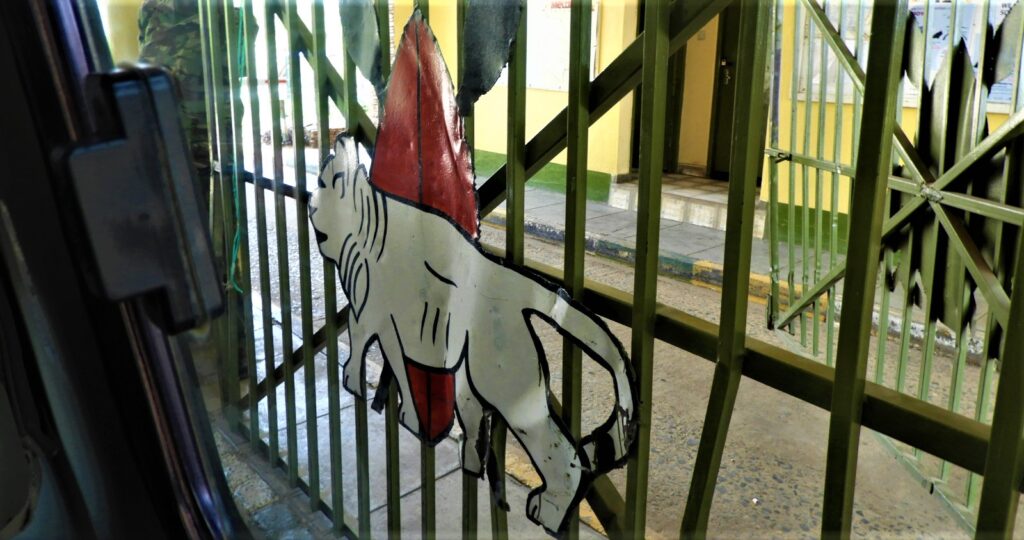
 Karibu! We’re greeted at the entry bridge, a heated towel for our dusty hands, a glass of mango for our thirst. A handsome smile. The desk, yes, Abdi checks us in, takes care to get a tent that’s close for me (5 minute walk OK?, he asks). We gather in the bar, a roaring fire, a crowd, “Hello” I hear; a woman smiles, extends her hand. “I think we’re following you!” – another traveler in a group, an Aussie accent I believe. We chat. Then Get-Your-Bearings time; everything explained; what’s happening; and where it is. Balloon Safari? Who’d like a morning skybird ride? Hot ticket item; Rick the only one of us who dares. He’s game, gets signed. Fig Tree Camp Balloon Safaris, pickup 4:30 AM. Eeek!
Karibu! We’re greeted at the entry bridge, a heated towel for our dusty hands, a glass of mango for our thirst. A handsome smile. The desk, yes, Abdi checks us in, takes care to get a tent that’s close for me (5 minute walk OK?, he asks). We gather in the bar, a roaring fire, a crowd, “Hello” I hear; a woman smiles, extends her hand. “I think we’re following you!” – another traveler in a group, an Aussie accent I believe. We chat. Then Get-Your-Bearings time; everything explained; what’s happening; and where it is. Balloon Safari? Who’d like a morning skybird ride? Hot ticket item; Rick the only one of us who dares. He’s game, gets signed. Fig Tree Camp Balloon Safaris, pickup 4:30 AM. Eeek!
Lunch is pampered, a creamy soup to start, who can remember all of it? We stop by the pool on the way to our tent. A Maasai dance at 7 there; I won’t miss that. The grounds are spacious, quiet; a tiny bushbuck no taller than the lamp! Or is it a gazelle? I don’t know. And then, what’s that? An armadillo? But with a furry look, not shell. Down the walkway, Tent 15, three monkeys wait. “They’ll run away,” I say. We sit down on the porch, looking towards the creek, a viney haven for cheeky monkey jinks. But one little monkey stays, hanging out with us? Apparently I have a lot to learn about animals.
Sarova Mara Game Camp https://www.sarovahotels.com/maracamp-masai-mara/
» posted on Thursday, September 15th, 2022 by Linda Lou Burton
Let’s Build Together
 Linda Lou Burton posting from The Great Rift Valley, Narok County, Kenya–And then we got to Narok. An explosion of school buses, school kids in uniform, people, people everywhere. Stores, hospitals, hotels. Cars, buses, helmets on motorbikes. And SIGNS. A giant billboard loomed ahead as Daniel made a right to C12 south; ASANTE plastered all across. P K Ole Ntutu, Governor of Narok County. A new president for the country, new governors as well? Kenya’s 54 million people and 225 million square miles were divided into 47 counties by that 2010 Constitution (replacing the Provincial designations). Over a million of those people live in Narok County, and most of them are Maasai. I knew that “ASANTE” is Thank You in Swahili, but “Pamoja Tujenge”? Let’s Build Together is the translation.
Linda Lou Burton posting from The Great Rift Valley, Narok County, Kenya–And then we got to Narok. An explosion of school buses, school kids in uniform, people, people everywhere. Stores, hospitals, hotels. Cars, buses, helmets on motorbikes. And SIGNS. A giant billboard loomed ahead as Daniel made a right to C12 south; ASANTE plastered all across. P K Ole Ntutu, Governor of Narok County. A new president for the country, new governors as well? Kenya’s 54 million people and 225 million square miles were divided into 47 counties by that 2010 Constitution (replacing the Provincial designations). Over a million of those people live in Narok County, and most of them are Maasai. I knew that “ASANTE” is Thank You in Swahili, but “Pamoja Tujenge”? Let’s Build Together is the translation.
The landscape changed dramatically as we traveled those last 55 miles south to the Maasai Mara National Reserve, part of Narok County too. All the farm-green hills and deep dark soil turned dry; replaced by dust, and scattered rocks. A field of red – Maasai men; a cattle auction going on; red shukas everywhere; cloth cloaks. The design of stripes or plaids is the family trademark, we tried to spot the different families in the crowd. The Loita Plains stretched wide out to our right; the Loita Hills ridged left. Finally, the Sekenani Gate, and just outside, a row of souvenirs, beads and bowls, lined up for the tourist trade. Follow me.
An Observation
The city of Narok is home for our Guide, Abdi Latif, when he’s not away showing people like us around his country. He lives in Narok with his wife and seven children; his mother lives with them too. There are many fine schools in Narok; Daniel stopped to show us one of the ones Abdi had attended. One of the most serious problems in all of Kenya is lack of clean water. Many people have to walk to a water supply; have you noticed the photos of mule-drawn wagons hauling cans of water, or small black tanks installed on the roof of houses and businesses? Abdi is working to install pipelines from a well he has on his property in Narok to serve a school his children attend, as well as others who live in the neighborhood. Let’s hope Narok County’s new governor puts “water needs” high on his agenda.
Narok County Government https://narok.go.ke/
» posted on Thursday, September 15th, 2022 by Linda Lou Burton
The Beauty of It
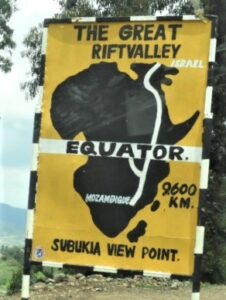 Linda Lou Burton posting from The Great Rift Valley South of Lake Nakuru, Kenya–Remember that sign we passed yesterday at Subukia viewpoint about The Great Rift Valley? Did you notice Israel at one end and Mozambique at the other? Let’s talk about that a minute. I mean, here I am in a 4×4, riding along with Rick, and the rest of our group, in a fantastic geological THING! The whole RIFT runs 4,300 miles, from Asia down almost the entire eastern side of Africa.
Linda Lou Burton posting from The Great Rift Valley South of Lake Nakuru, Kenya–Remember that sign we passed yesterday at Subukia viewpoint about The Great Rift Valley? Did you notice Israel at one end and Mozambique at the other? Let’s talk about that a minute. I mean, here I am in a 4×4, riding along with Rick, and the rest of our group, in a fantastic geological THING! The whole RIFT runs 4,300 miles, from Asia down almost the entire eastern side of Africa.
It covers Kenya’s western side, dotted with lakes (we just visited Nakuru) and it goes through Tanzania (our next country) and keeps going. Most of our trip will be in this valley. It is full of leftover volcanic lavas that turned into great soil for farming, and holes that turned into lakes. Since these lakes have no outlets and are very shallow, they are high in minerals. All of this makes for interesting landscapes. And attracts different birds, and animals, and people. Which means, of course, different ways of life. That’s the beauty of it!
It’s also why people like to visit this part of the world, and why safari camps and lodges pack the area. Kenya, a country smaller than the state of Texas, has 24 national parks, 15 national reserves, 6 marine parks, and private conservancies on top of that. Today we are heading from Lake Nakuru National Park (11,120 acres) to Maasai Mara National Reserve (371,200 acres). Meanwhile, here’s what we see on our drive south on A104 and west on B3 as far as Narok, 75 miles through open land, and farming country. 
Beautiful!
» posted on Thursday, September 15th, 2022 by Linda Lou Burton
The Way Things Are
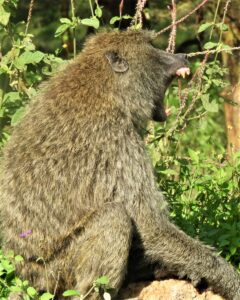 Linda Lou Burton posting from Lake Nakuru National Park, Nakuru, Kenya –Climate change. Believe it or not, that’s what scientists are saying about the floods in Lake Nakuru of late. Too much rain coming down is making a mess of “the way things were.” Neighborhoods in the Lake Nakuru area have been flooded out; people relocated. Animals in the already small 11,120-acre Lake Nakuru National Park are losing space too. The rhinos and zebras and antelope and buffalo that live here have less grazing area. As for the birds – flamingoes in particular – all that fresh water coming from the sky is messing up the alkalinity of the lake water where algae grows. Since algae is what flamingoes eat, they are flying elsewhere. Nevertheless, we saw flamingoes and other birds and animals as we were leaving this morning; a baboon gave us his opinion on the state of things. As for the Undertaker Bird — well, they always look glum.
Linda Lou Burton posting from Lake Nakuru National Park, Nakuru, Kenya –Climate change. Believe it or not, that’s what scientists are saying about the floods in Lake Nakuru of late. Too much rain coming down is making a mess of “the way things were.” Neighborhoods in the Lake Nakuru area have been flooded out; people relocated. Animals in the already small 11,120-acre Lake Nakuru National Park are losing space too. The rhinos and zebras and antelope and buffalo that live here have less grazing area. As for the birds – flamingoes in particular – all that fresh water coming from the sky is messing up the alkalinity of the lake water where algae grows. Since algae is what flamingoes eat, they are flying elsewhere. Nevertheless, we saw flamingoes and other birds and animals as we were leaving this morning; a baboon gave us his opinion on the state of things. As for the Undertaker Bird — well, they always look glum. 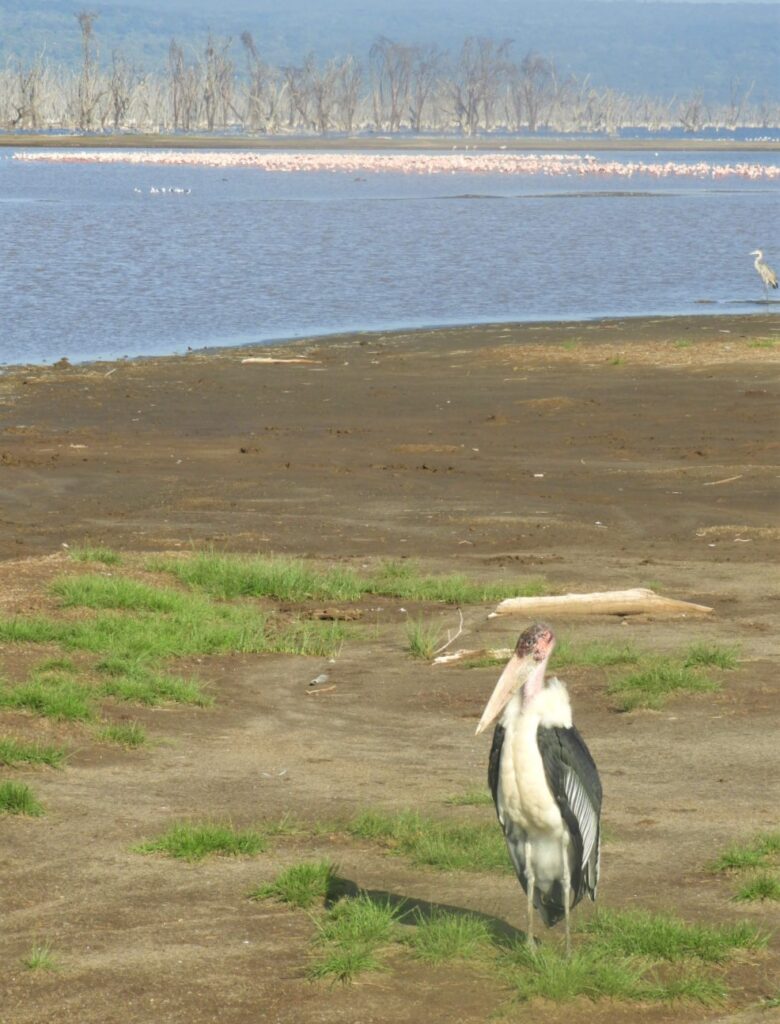
Flooding Displaces Hundreds Around Rift Valley Lakes. Reported by Kenya News Agency 8/20/2022. Increased rainfall in Kenya’s Rift Valley Lakes’ catchment zones is the main cause of the rising water levels in the water bodies according to new research findings. A study conducted jointly by the Technical University of Kenya (TUK) and University of Natural Resources and Life Sciences (HyWa-BOKU) in Vienna, Austria indicates that mean annual rainfall for 2010−2020 period increased by up to 30 per cent in the Rift Valley region due to the effects of climate change on rainfall patterns. https://www.kenyanews.go.ke/flooding-displaces-hundreds-around-rift-valley-lakes/
» posted on Thursday, September 15th, 2022 by Linda Lou Burton
Eyewitness News
Linda Lou Burton posting from Lake Nakuru National Park, Nakuru, Kenya –“Stop!” I yelled. A good safari driver knows to stop whenever he hears that word, and Daniel was a very good safari driver. He STOPPED. I’d spotted a rhino in the bushes; it was the first animal I saw this morning as we came down the hill, even before the lake was in view. Two things about this rhino seemed odd to me. It was in the bushes instead of open grassland, and it had a long POINTY horn. 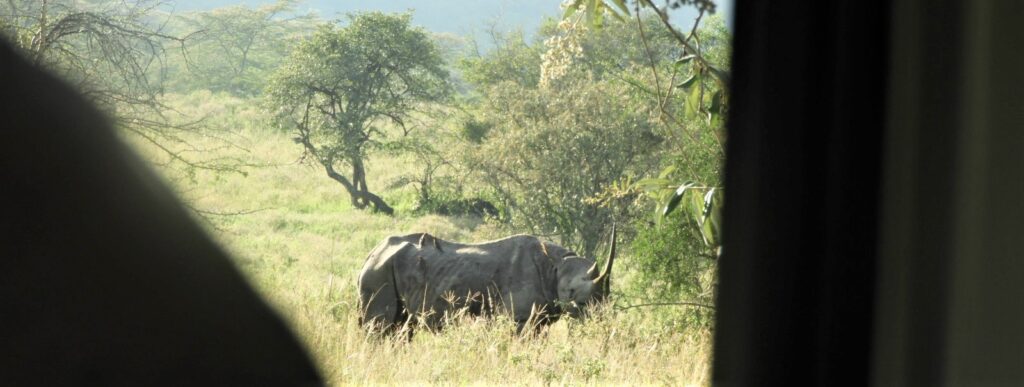
I zoomed the camera for a closer look. See what I mean?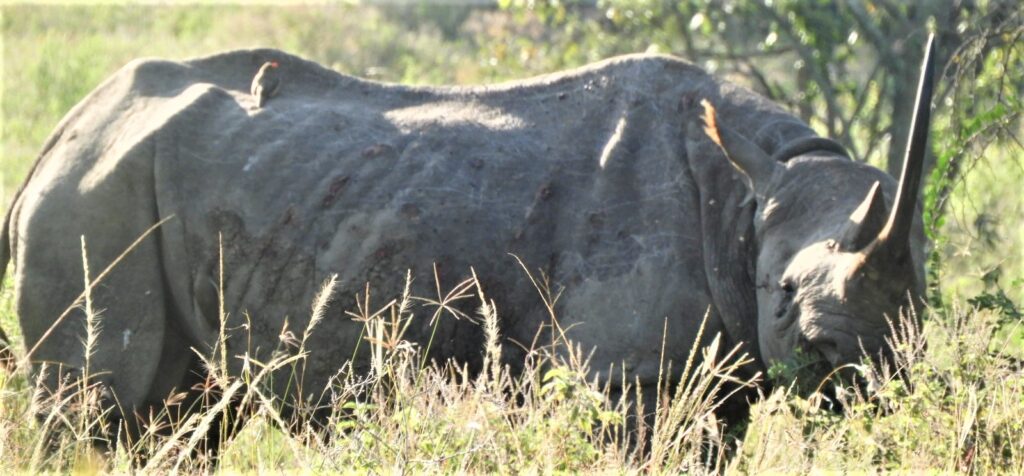
By now I’d been told about Black and White Rhinos, Southern and Northern Rhinos, so many species, which one was this? When you have an expert safari guide like Abdi AND an expert safari driver like Daniel, you get your answers right away. Today I learned even more about these unique critters who get chased down and shot at and mutilated by terrible awful poachers wanting only their HORN. Like where, and how, and what, they eat. Eye witness!
Rhino Factoids, aka, the Rhinocerotidae
- Black and White Rhinos are native to Africa (Asia has three different species).
- Rhinos are the second largest land mammal (elephant is largest).
- Rhinos have one or two horns made of keratin (like fingernails).
- Rhinos do not have front teeth (they rely on their lips to tear off grass or leaves).
The White-Black differences?
- White Rhinos are grazers and primarily feed on grasses. You know that “white” doesn’t refer to their color, they are greyish brown. It’s all about the WIDE mouth they have. They are “square lipped” – which is perfect for eating grass.
- Black Rhinos are browsers and primarily feed on leafy plants and branches. They have a narrow upper lip – which is perfect for ripping off leaves. Grayish in color, they also have a longer, leaner horn.
I saw this Mama and Baby in Ol Pejeta Tuesday morning.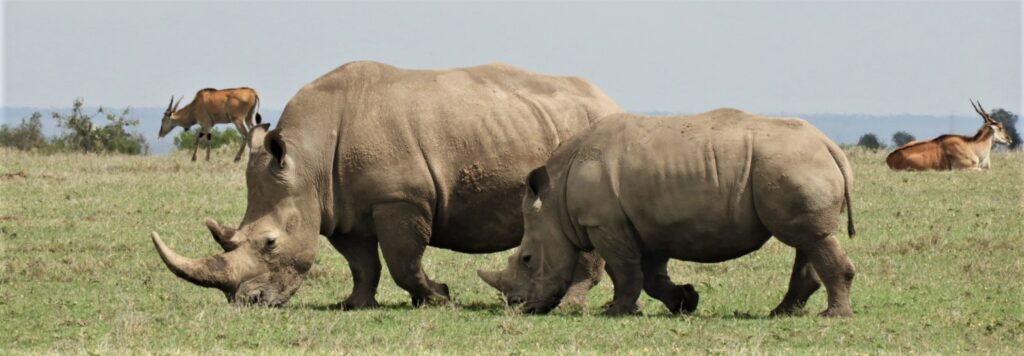
In addition to the big guy in the bushes, I saw this Mama and Baby at Lake Nakuru today.
And these guys. Now I can tell the difference!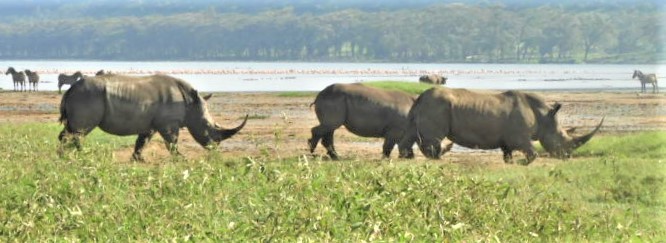
Next post: the BIRDS of Lake Nakuru, and the story of the LAKE itself. Why are the trees dying and flamingos leaving? Surprising answers. Isn’t this an eerily beautiful sight?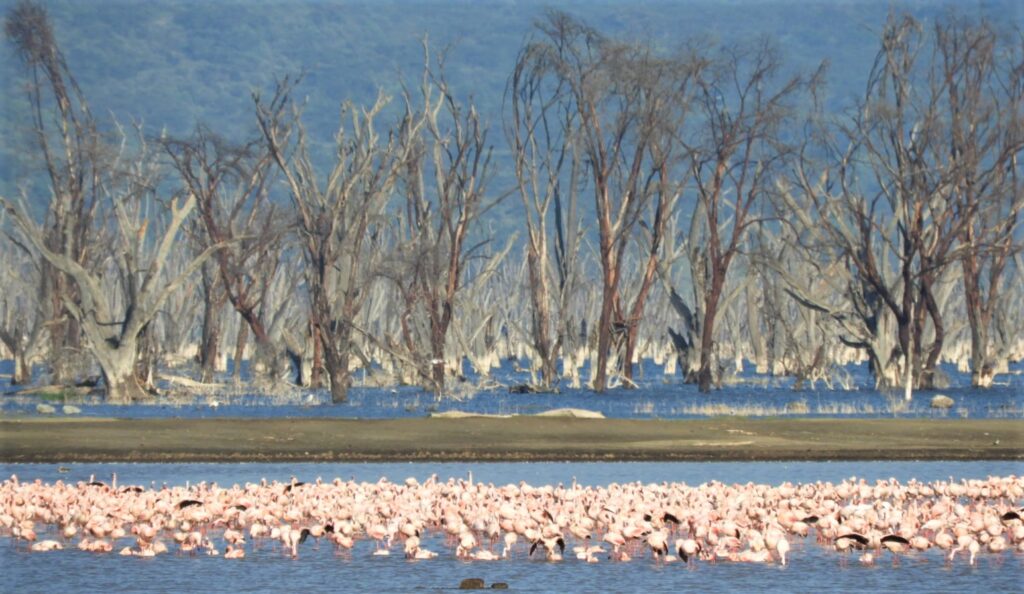
Lake Nakuru National Park https://www.lakenakurukenya.com/

